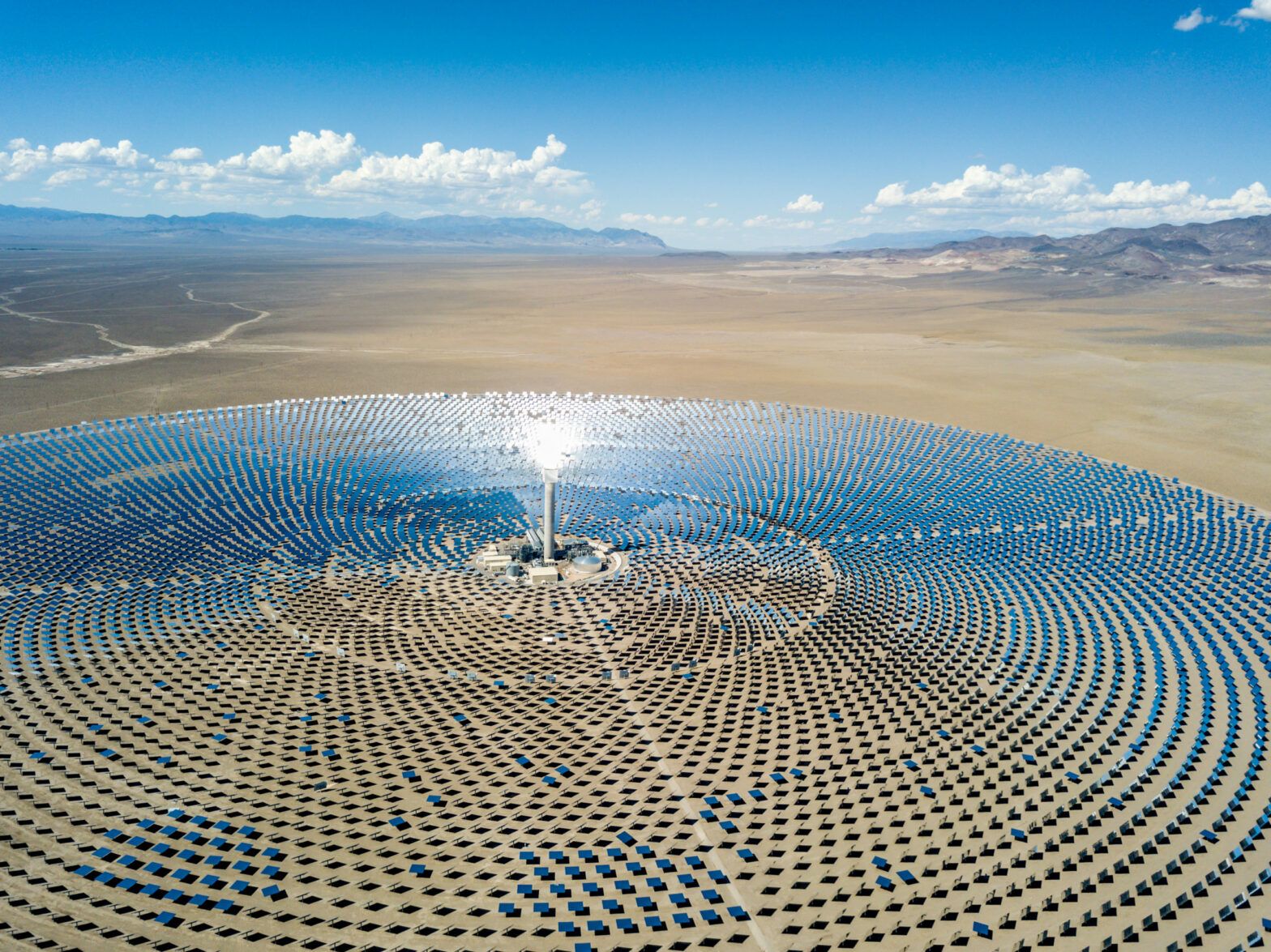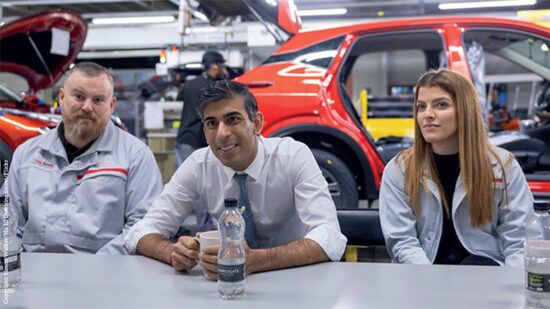A Credit Suisse whitepaper has identified 10 climate innovations that it said investors should explore in the context of decarbonising portfolios.
The paper The Decarbonising Portfolio, sets out ways clients can reduce exposure to carbon risk and align with a low carbon future, while also ensure their portfolios contribute to the overall decarbonisation of the economy.
“There is now a recognition of the importance of ESG risks and opportunities to the future of business and investment. Many investors now see climate change as one of the key material issues to be considered throughout the investment process,” the paper said.
It added sustainable investing now covers a wide variety of investment approaches and strategies, from exclusion of controversial sectors to thematic mandates focused on a key area targeting climate change solutions, for example, or impact investing. One area that will be paramount in the decarbonisation of the economy is technology and in particular sectors that are developing new products and processes that helps mitigate the need to use fossil fuels.
“The obvious winner from the low-carbon transition will be companies involved in the production of clean energy and its supply chains,” the paper said. “This not only involves solar PV and wind generation, but also the industries and infrastructure to support clean energy, from power transmission and batteries/storage to the mineral supply chains required for the transition. Innovation and economies of scale are rapidly driving down the cost of renewable energy, which creates a huge opportunity for consumers and investors.”
The paper outlines 10 climate innovations that will play an increasing role in decarbonising the economy throughout the 2020s.
Green hydrogen. The paper said innovation around hydrogen solutions is among the “most promising” low-carbon technologies. “Because renewables are intermittent and sometimes overproduce, hydrogen manufacture can take excess electricity when it is cheap and available.” It added green hydrogen could also be the “fuel of the future” for the trucking and shipping industries, and a key ingredient in the manufacture of sustainable aviation fuel, which it said is one of the most challenging fuels to replace.
New frontiers in solar. Prices of solar have come down recently leaving it among the cheapest form of new build electricity generation. Furthermore, the paper said the emergence of multi-junction/tandem solar cells can improve efficiency from an average of 20% to above 30%, while thin film and flexible solar panels will allow for better integration into building and semi-shaded agriculture under panels could enhance agricultural yields.
Small modular reactors (SMRs). These are newly designed reactors that use molten salts to store and then release additional heat on demand, allowing the facility to vary output based on demand. “Thorium, the element used in some of these new designs, also produces little nuclear waste,” the paper said.
New frontiers in wind. As with solar, new frontiers in wind power are creating opportunities. The paper said: “There will continue to be increases in the size and efficiency of turbines. Given onshore capacity constraints, offshore wind is likely to see major growth.”
Carbon-neutral cement. With cement being a “heavy emitter”, new research and development is being invested into cement that can capture rather than emit carbon dioxide in its production.
Upgraded grids. Much needed innovation is being directed towards improving the flow of electricity, advanced switching, storage and optimisation. “High voltage direct current (HVDC) power transmission, which sends power across continents with little loss, can play an important role in linking up and smoothing out intermittent power generation across continents,” the Credit Suisse paper explained.
Controlled environment agriculture. “Indoor vertical farming under lights is gaining considerable attention and investment, and this is likely to continue,” the paper said. “High-tech greenhouses can also offer much of the productivity of vertical farming while still leveraging natural sunlight. In general, agriculture is ripe for significant productivity improvements, particularly in developing countries, which will take pressure off forests, and allow farmers to grow more food on less land.”
Plant-based and cellular meat. A veganism diet is becoming more and more popular and alternative meat has the potential to dramatically improve the carbon footprint of food. Credit Suisse commented in the paper: “We have already seen tremendous progress in this field with high-profile IPOs, and this momentum is likely to continue.”
Electric vehicles. This high-profile sector still needs to go a long way to produce cheaper and more efficient electric vehicles. The paper said these will likely be grid integrated and play a role in distributed storage or electricity.
Long duration, utility scale batteries. Large batteries are under development that can potentially store electricity from solar and wind generation for up to 150 hours, and discharge it consistently into the grid as baseload power. “This addresses one of the main challenges for intermittent energy production,” the paper said.








